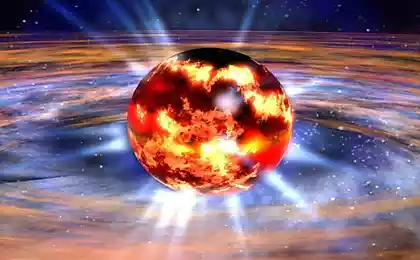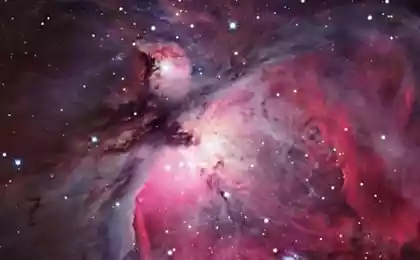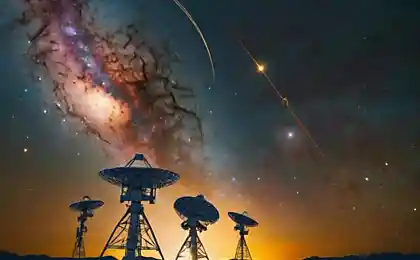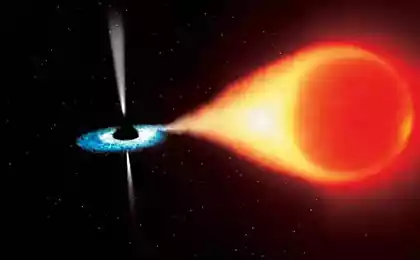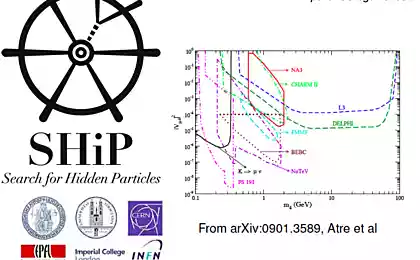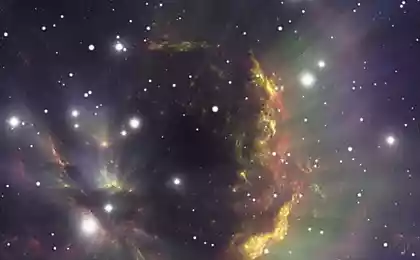485
Could dark matter be the operating system of the Universe
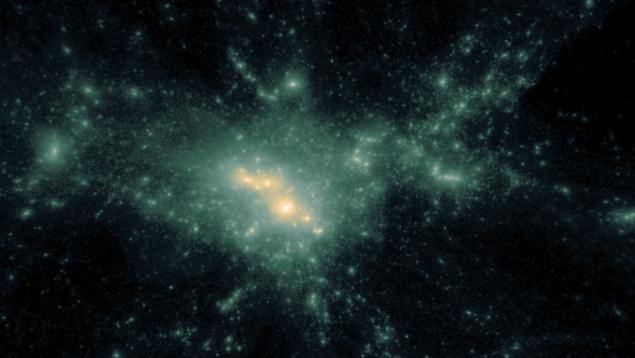
The issue is complex, but definitely interesting. Tom Broadhurst, a scientist from the Department of theoretical physics, UPV/EHU, thinks so. Together with scientists from National Taiwan University, he proposed a new explanation for the formation of galaxies and structures in the Universe. The work was published in the journal Nature Physics, and its findings are contrasted with fresh data provided by the Hubble space telescope.
In cosmology, cold dark matter is a form of matter, particles which move slowly compared to light and interact weakly with electromagnetic radiation. It is believed that only a very small part of matter in the Universe is baryonic matter, which formed stars, planets and living organisms. The rest (over 80%) is represented by dark matter and energy.
The theory of cold dark matter helps to explain how the universe evolved from its initial state to the current distribution of galaxies and clusters, the structure of the Universe on large scales. In any case, this theory can not satisfactorily explain some observations. However, a recent study of Brodhurst and his colleagues sheds new light on this point.
Explains the researcher, "guided by the initial simulations of galaxy formation in this context, we re-interpreted the cold dark matter as a condensate Bose-Einstein". Thus, the "ultra-light bosons forming the condensate share the same quantum wave function, so the model perturbations are formed on astronomic scales in the form of large-scale waves".
This theory suggests that all galaxies in this context should in their centers have large stationary waves of dark matter — solitons, which could explain the mysterious behavior of the nuclei of normal dwarf galaxies.
The above image shows the comparison of the radial profiles of the density of galaxies that scientists have displayed with solitons in the center of each galaxy and the surrounding halo. Solitons in smaller galaxies are broader but have less mass.

The image on the left below shows that, if we compare the distribution of matter on a large scale between wave dark matter — like distribution of matter with the usual dark matter particle.
The image on the right shows that in galaxies the structure is different depending on the interpretation of the wave; the research predicts the soliton of dark matter in the center surrounded by an extensive halo of dark matter in the form of large "spots", which is a slowly fluctuating dense waves. This suggestion should solve the problem of nuclei of small galaxies.

The study also suggests that the galaxy is in this context that formed relatively late, when compared with the interpretation given the standard particles of cold dark matter. At the moment, the team compares its forecasts with observations made with the Hubble space telescope.
The results can be very interesting. Not excluded the possibility that dark matter may be very cold quantum fluid that governs the formation of structures throughout the Universe.
Source: hi-news.ru



